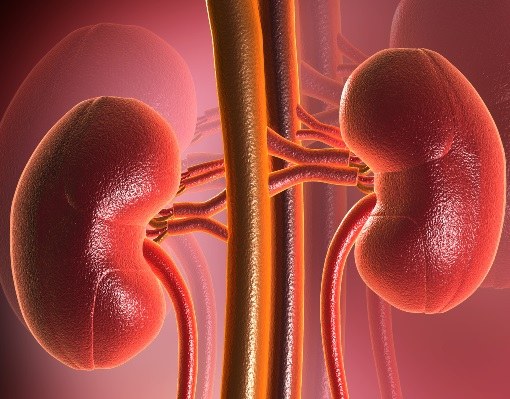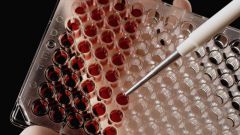Urinalysis and biochemical analysis of blood
To assess whether kidney function of their physiological capabilities, depending on the age of the patient, prescribe biochemical analysis of blood and urine analysis.
Urine for General analysis of collected in the morning, before it is forbidden to take any medicines. Analysis must take place no later than 1.5 hours, while avoiding cooling of the urine is below 0oC. Otherwise, some components of urine can precipitate that will distort the picture analysis. In General, the analysis of the verification is exposed to the appearance of urine, as well as its physico-chemical, biochemical and microbiological parameters.
Biochemical analysis of blood is performed on an empty stomach. It is not recommended prior to analysis to drink coffee, strong tea, milk, sweet drinks, you can drink water or weak tea. The main parameter by which to judge the condition of the kidney is the concentration of urea in the blood. In a healthy person in 1 liter of blood should be from 2.5 to 8.3 mmol of urea. More than exceeded upper threshold concentrations, the stronger the kidneys. For example, the concentration to 20 mmol/liter tells about the violations of moderate severity, from 20 to 35 mmol/l – severe impairment of renal function, and if the urea concentration exceeds 50 mmol/liter, this indicates a very heavy defeat with a poor prognosis.
What other tests can be assigned
To check the kidneys, often prescribed two more kinds of urine analysis: Nechiporenko and zimnitskiy. If your doctor has prescribed analysis according to Nechyporenko, you must collect the middle portion of urine in amounts up to 10 milliliters. This analysis allows to determine the content of leukocytes and erythrocytes in 1 milliliter of urine.
If assigned analysis in General, urine should be collected in the course of a day at intervals of 2-3 hours. You usually have to collect 8 samples (rarely 12). Examining the number and density of urine in each sample, the doctor can conclude whether kidney function normal levels. For example, the normal density of urine day should be in the range of 1010-1025 grams/liter, night – not exceeding 1035 grams/liter. At a density below the lower limit of the possible uncomplicated pyelonephritis or kidney failure. If the density exceeds the upper limit, it may be dehydration or severe pyelonephritis.





